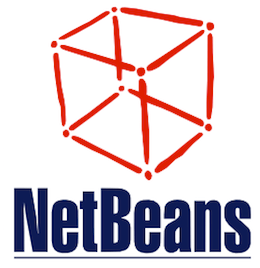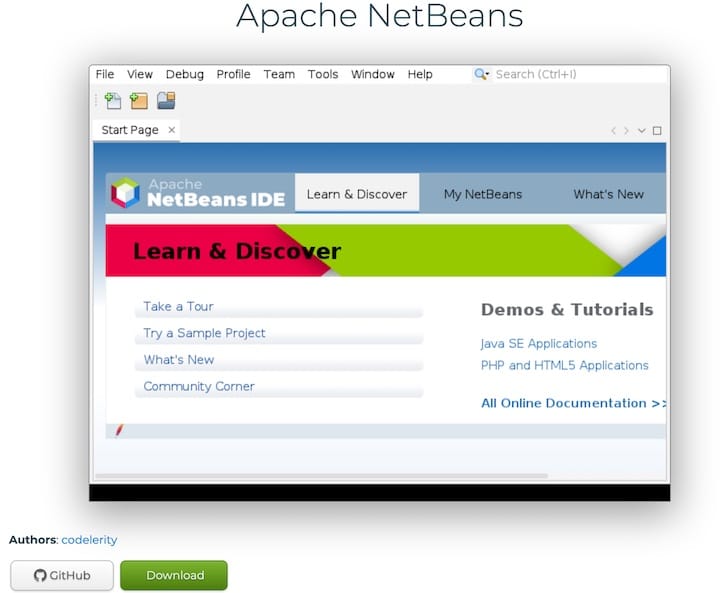How To Install Apache Netbeans on Linux Mint 22

NetBeans is a powerful, open-source Integrated Development Environment (IDE) that supports a wide range of programming languages, including Java, PHP, C/C++, and more. Its robust features, such as smart code editing, debugging, and project management, make it a favorite among developers. In this article, we will guide you through the process of installing NetBeans on Linux Mint 22, ensuring that you have a smooth and efficient development environment.
Overview of NetBeans
NetBeans offers a rich set of tools for developers, including code completion, code refactoring, and version control system integration. Its cross-platform compatibility allows it to run seamlessly on Windows, macOS, and Linux. Whether you are a beginner or an experienced developer, NetBeans provides the tools you need to create complex applications efficiently.
System Requirements for NetBeans Installation
Before installing NetBeans, ensure your system meets the necessary requirements. Here are the key specifications:
- Hardware Requirements: NetBeans requires at least 2 GB of RAM, though 4 GB or more is recommended for smoother performance. A dual-core processor is sufficient, but a quad-core processor will provide better performance.
- Software Requirements: You need to have the Java Development Kit (JDK) installed. NetBeans supports various JDK versions, but it is recommended to use the latest available version, such as OpenJDK 17 or 21.
Preparing Linux Mint 22 for Installation
To ensure a successful installation, it’s crucial to update your Linux Mint system and install the necessary software packages.
Updating the System
- Open Terminal: Press
Ctrl + Alt + Tto open the terminal. - Update Package List: Run the command
sudo apt updateto fetch the latest package lists. - Upgrade Packages: Execute
sudo apt upgradeto update all installed packages to their latest versions.
Installing JDK
- Install OpenJDK: Use the following command to install OpenJDK 17:
sudo apt install openjdk-17-jdkIf you prefer OpenJDK 21, you can install it similarly by replacing
17with21. - Verify JDK Installation: After installation, verify that JDK is correctly installed by checking its version:
java -version
Methods to Install NetBeans on Linux Mint 22
There are several methods to install NetBeans on Linux Mint 22, each with its own advantages.
A. Using Binary Packages
Installing NetBeans using binary packages is a straightforward method.
- Download NetBeans:
– Visit the NetBeans download page and select the appropriate.debpackage for your system architecture (32-bit or 64-bit).
– Download the package to your computer. - Install NetBeans:
– Open the terminal and navigate to the directory where you downloaded the.debfile using thecdcommand. For example:cd ~/Downloads– Install NetBeans using the following command, replacing
package-name.debwith the actual filename:sudo dpkg -i package-name.deb - Resolve Dependencies (if necessary):
– If you encounter dependency issues during installation, you can resolve them by running:sudo apt install -f
B. Using Snap Packages
Snap packages provide a convenient way to install applications on Linux.
- Install Snap:
– If Snap is not already installed on your system, you can install it by running:sudo apt install snapd– Once installed, restart your system or log out and log back in to ensure Snap is properly initialized.
- Install NetBeans with Snap:
– Use the following command to install NetBeans via Snap:sudo snap install netbeans --classic
C. Using Flatpak
Flatpak is another popular package management system for Linux.
- Install Flatpak:
– If Flatpak is not installed, you can add it to your system by following these steps:
– Install the necessary packages:sudo apt install flatpak– Add the Flathub repository:
flatpak remote-add --if-not-exists flathub https://flathub.org/repo/flathub.flatpakrepo - Install NetBeans with Flatpak:
– Once Flatpak is set up, you can install NetBeans using the following command:flatpak install flathub org.apache.netbeans
D. Using APT Repository
While NetBeans might not be available in the standard Linux Mint repositories, you can check if it’s available in any additional repositories you’ve added.
- Check Availability:
– If you have added a repository that includes NetBeans, you can install it using:sudo apt install netbeans
Post-Installation Steps
After installing NetBeans, follow these steps to get started:
- Launch NetBeans:
– You can launch NetBeans from the Linux Mint application menu or by typingnetbeansin the terminal.
- Configure NetBeans:
– Upon launching, you may be prompted to select a JDK if it wasn’t automatically detected. Ensure you select the JDK version you installed earlier.
– Explore the IDE’s interface and familiarize yourself with its features.
Troubleshooting Common Issues
JDK Not Found
If NetBeans fails to detect the JDK, follow these steps:
- Set JDK Path Manually:
– Open NetBeans and go to Tools > Java Platforms.
– Click Add Platform and navigate to the JDK installation directory (usually/usr/lib/jvm/java-17-openjdk-amd64).
– Select thebinfolder within the JDK directory. - Update Environment Variables:
– If NetBeans still doesn’t detect JDK, ensure your environment variables are correctly set. You can do this by adding the following lines to your~/.bashrcfile:export JAVA_HOME=/usr/lib/jvm/java-17-openjdk-amd64 export PATH=$JAVA_HOME/bin:$PATH– Reload the
~/.bashrcfile by runningsource ~/.bashrc.
Installation Errors
If you encounter errors during installation, here are some tips:
- Dependency Issues: Use
sudo apt install -fto resolve dependency issues. - Package Corruption: Try reinstalling the package or checking for corrupted files.
Congratulations! You have successfully installed Netbeans. Thanks for using this tutorial to install the latest version of Netbeans on the Linux Mint 22 system. For additional help or useful information, we recommend you check the official Netbeans website.